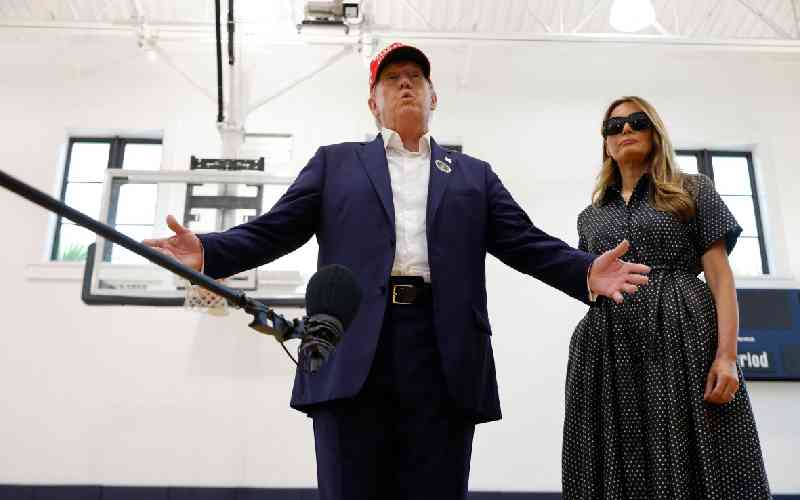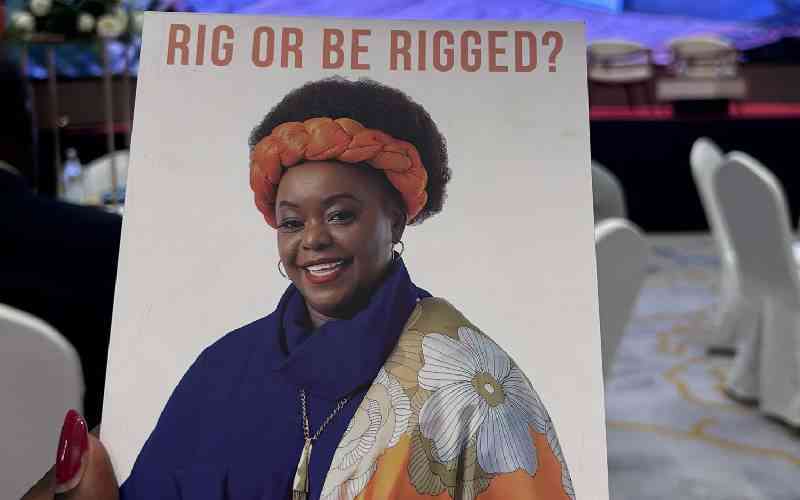By Kenneth Kwama
In the early 1890s, an eccentric young bottle-cap salesman from Wisconsin in the US with the unlikely name of King Camp Gillette went searching for a product that could make him a fortune.
Gillette’s boss advised him to invent something that people would use once and then throw away–just like the bottle caps the then young Gillette was selling.
After some research, the entrepreneurial young man came up with the idea of the safety razor and the disposable blade in 1895. When his razor business first opened in Boston in 1903, Gillette managed to sell only 51 razors and 168 disposable blades.
The following year, sales jumped to 90,000 razors and 12 million blades, effectively changing the shaving habits of the American people.
Today, it is believed that Gillette Corp controls two-thirds of the world’s blade and razor market. Several reviews in the marketing industry credit him as being one of the innovators who revolutionised the Freebie marketing ideas.
So what motivated him?
 |
King Camp Gillette realised he could make profit by selling safety razors at reduced prices and still make profit. He went on and developed a disposable blade made out of very thin sheet-steel
|
While working as a travelling salesman for the Crown Cork and Seal Company to support his family in the 1890s, Gillette would see bottle caps, with the cork seal he sold, thrown away after the bottle had been opened.
Egged on by his boss, he realised the value in basing a business on a disposable product. Gillette hit upon an idea. Earlier razor blades needed continuous sharpening, becoming worn out quickly and were thus expensive. He realised that he could make profit by selling safety razors at reduced prices and still make profit.
He went on and developed a blade made out of very thin sheet-steel. Once the blade became dull, it was discarded and replaced by a new one, using the same holder. This was called the Razor and blades business model.
His motivation
"He noticed that men had to constantly sharpen their razors, which would dull after only a few uses. That is what motivated him to conceive of a line of cheap, disposable razor blades that could be purchased in bulk and discarded before they ever needed sharpening," says an excerpt from the Fortune Small Business magazine.
The most difficult part of the development was making the blades, as cheap thin steel was very difficult to work with and very difficult to sharpen.
However, after a shaky start, the Gillette Safety Razor Company grew into an iconic American brand and helped usher in the age of disposable goods.
Stay informed. Subscribe to our newsletter
Various accounts indicate that the wrapping around each blade contained Gillette’s image, printed, as the magazine noted, in the colour of money.
During World War I, Gillette sold shavers to the US government, enlisting thousands of soldiers as lifelong customers.
Gillette's razor retailed for a substantial five dollars, which was almost half the average workingman’s weekly pay-yet it sold by the millions.
A man of unusual beliefs, Gillette thought that competition was evil and dreamed of a utopia in which 60 million people would live in glass-domed complexes overlooking Niagara Falls.
In an article on Gillette in 2004, the Los Angeles Times described him as a turn-of-century archetype-half visionary, half crank.
Revolution
"An unapologetic utopian he wanted the entire American population to move to a bustling city on the shores of Lake Ontario-Gillette envisioned a revolution in shaving," wrote the newspaper.
But his company grew big and went on to capture public attention by lending its name to every sporting venture it could find, from the 1939 World Series to the New England Patriots’ new stadium in Foxborough. Occasionally, the Gillette pitchmen were real athletes like Muhammad Ali or David Beckham.
While Gillette did improve the design of the safety razor, his true invention, according to various newspaper accounts, was an inexpensive, high profit-margin stamped steel disposable blade and a unique business model that later became known as freebie marketing.
This beat out competitors and became the most popular razor of its time.
In his later life he travelled extensively, and was universally recognised from his picture on the packets of razor blades. People were surprised that he was a real person rather than just a marketing image.
Sometime in the late 1920s, Gillette was known as a frequent guest of Nellie Coffman, proprietor of the Desert Inn in Palm Springs, California. He was often seen wandering about the grounds and lobby in a tattered old bathrobe.
When Coffman was asked why she allowed such low life to hang out at her establishment, she responded, "Why? That is King Gillette. His millions has practically kept this place alive the last few years."
He was almost bankrupt at the time of his death, due both to his having spent large amounts of money on property, and to his having lost much of the value of his corporate shares as a result of the Great Depression.
 The Standard Group Plc is a
multi-media organization with investments in media platforms spanning newspaper
print operations, television, radio broadcasting, digital and online services. The
Standard Group is recognized as a leading multi-media house in Kenya with a key
influence in matters of national and international interest.
The Standard Group Plc is a
multi-media organization with investments in media platforms spanning newspaper
print operations, television, radio broadcasting, digital and online services. The
Standard Group is recognized as a leading multi-media house in Kenya with a key
influence in matters of national and international interest.
 The Standard Group Plc is a
multi-media organization with investments in media platforms spanning newspaper
print operations, television, radio broadcasting, digital and online services. The
Standard Group is recognized as a leading multi-media house in Kenya with a key
influence in matters of national and international interest.
The Standard Group Plc is a
multi-media organization with investments in media platforms spanning newspaper
print operations, television, radio broadcasting, digital and online services. The
Standard Group is recognized as a leading multi-media house in Kenya with a key
influence in matters of national and international interest.









